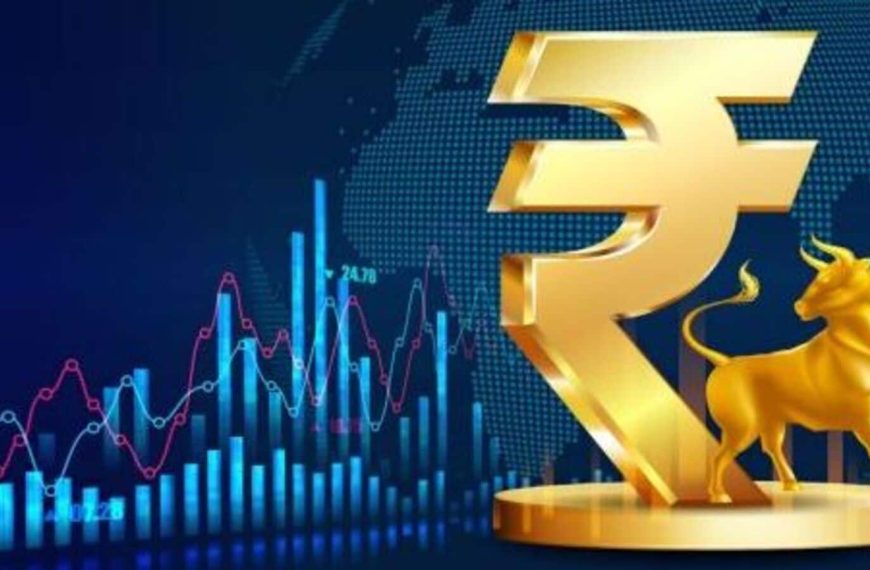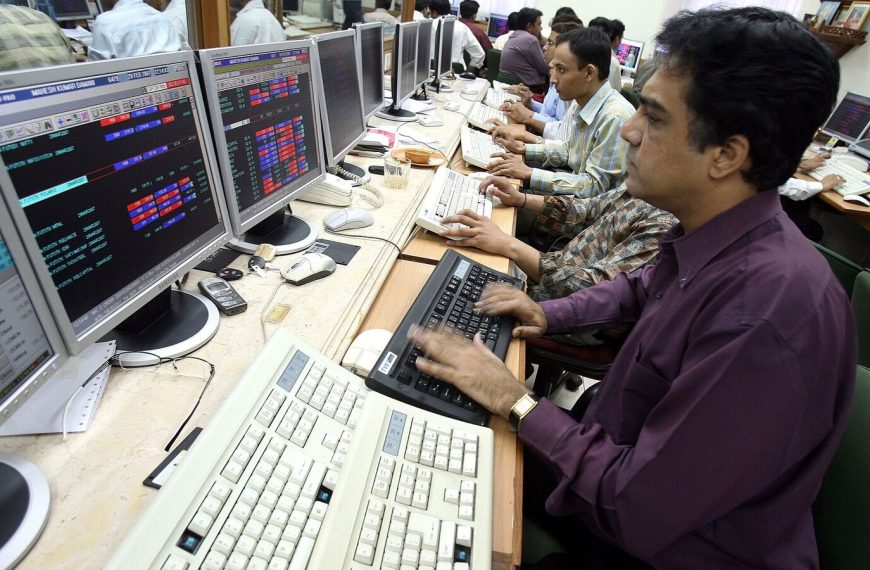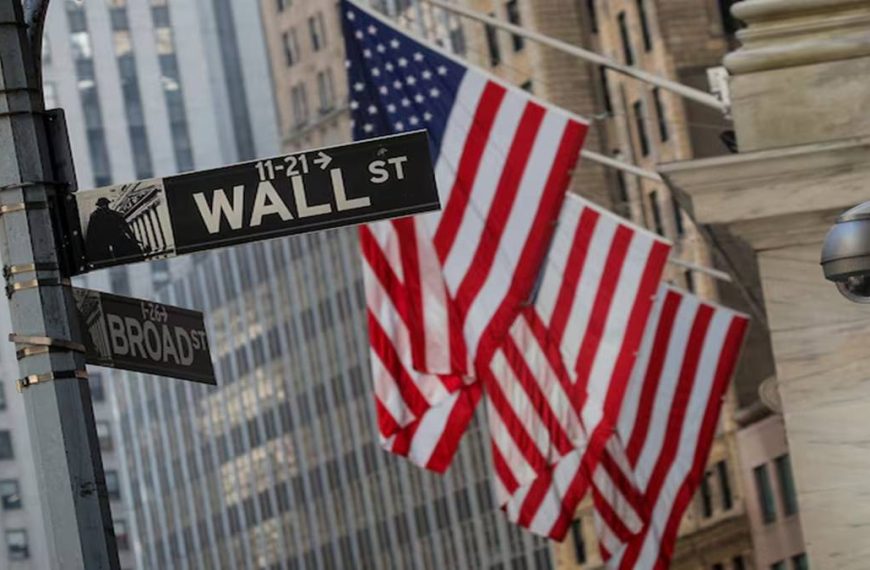Wall Street’s Mixed Performance Amid Tariff Speculation and Geopolitical Tensions
On Friday, Wall Street’s performance reflected a blend of optimism and caution, as the dollar strengthened following comments from U.S. President Donald Trump suggesting potential flexibility regarding upcoming tariffs. Despite this, persistent economic uncertainties and rising geopolitical tensions kept investors on edge, resulting in a mixed market performance.
Stock Market Fluctuations
After Trump’s remarks, all three major U.S. stock indexes managed to recover some losses; however, they remained slightly lower. Key sectors, particularly technology, materials, and small-cap stocks, faced challenges, reflecting investors’ hesitance in the face of potential tariff impacts.
- Dow Jones Industrial Average: Down 77.20 points (0.19%) to 41,876.12
- S&P 500: Down 16.14 points (0.29%) to 5,646.75
- Nasdaq Composite: Down 6.69 points (0.04%) to 17,684.87
Gold and Safe-Haven Assets
Gold prices decreased from their record highs but remained above $3,000 per ounce, a significant milestone reached just last week. Terry Sandven, Chief Equity Strategist at U.S. Bank Wealth Management, emphasized the complexities facing investors. "We are navigating turbulent waters as volatility rises and geopolitical issues surface, contributing to a lack of confidence among consumers and investors alike," he noted.
Central Banks and Tariff Implications
Fed officials, including Austan Goolsbee of the Chicago Federal Reserve and John Williams of the New York Fed, warned that it’s too early to predict the economic repercussions of Trump’s tariff strategies. The central banks, including the Bank of Japan and Bank of England, opted to maintain their current interest rates, adopting a cautious approach as they assess the evolving situation.
Global Economic Indicators and Tensions
Investors are closely monitoring several global developments:
- Recent Israeli airstrikes in Gaza and a drone attack on a Russian military base have heightened geopolitical risks.
- A significant fire at a substation near Heathrow Airport led to its temporary closure, adding to the day’s uncertainties.
- The potential financial impact of the detention of Turkey’s political opposition leader is also under scrutiny.
As Germany’s substantial fiscal stimulus package prepares for parliamentary approval, U.S. economic indicators, including housing and industrial data, are set to be released next week. The Commerce Department will publish its final assessment of fourth-quarter GDP on Thursday, followed by a report on personal consumption expenditures on Friday.
Currency and Bond Market Movements
The dollar gained momentum against the euro and was positioned for a weekly increase as the looming tariff deadline prompted caution among investors. The dollar index rose by 0.25% to 104.05, with the euro trading at $1.0824. Against the yen, the dollar climbed by 0.27% to 149.17.
U.S. Treasury yields showed signs of recovery after Trump’s remarks, breaking a four-day decline. The yield on the benchmark 10-year notes increased to 4.25%, while the 30-year bond yield rose to 4.5929%.
Oil Prices and Gold Trends
Crude oil prices saw a slight uptick, indicating a potential second consecutive weekly gain due to new U.S. sanctions on Iran and adjustments in OPEC’s output strategies. U.S. crude settled at $68.28 per barrel, while Brent crude reached $72.16 per barrel.
Gold experienced a slight decline in response to the stronger dollar but is still on track for its third consecutive weekly gain. Spot gold prices decreased by 0.85% to $3,018.25, while U.S. gold futures fell by 0.54% to $3,023.50.
As investors navigate these turbulent times, the interplay of tariffs, geopolitical events, and economic data continues to shape market dynamics.











